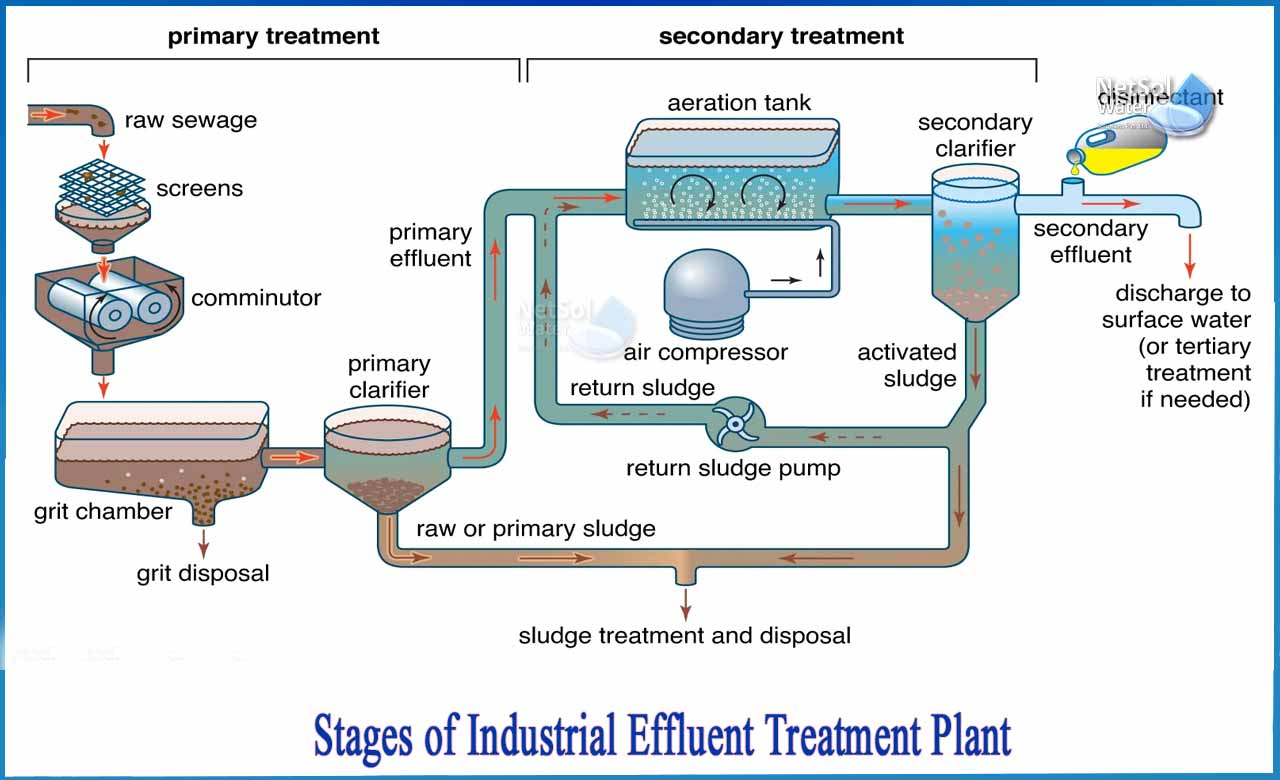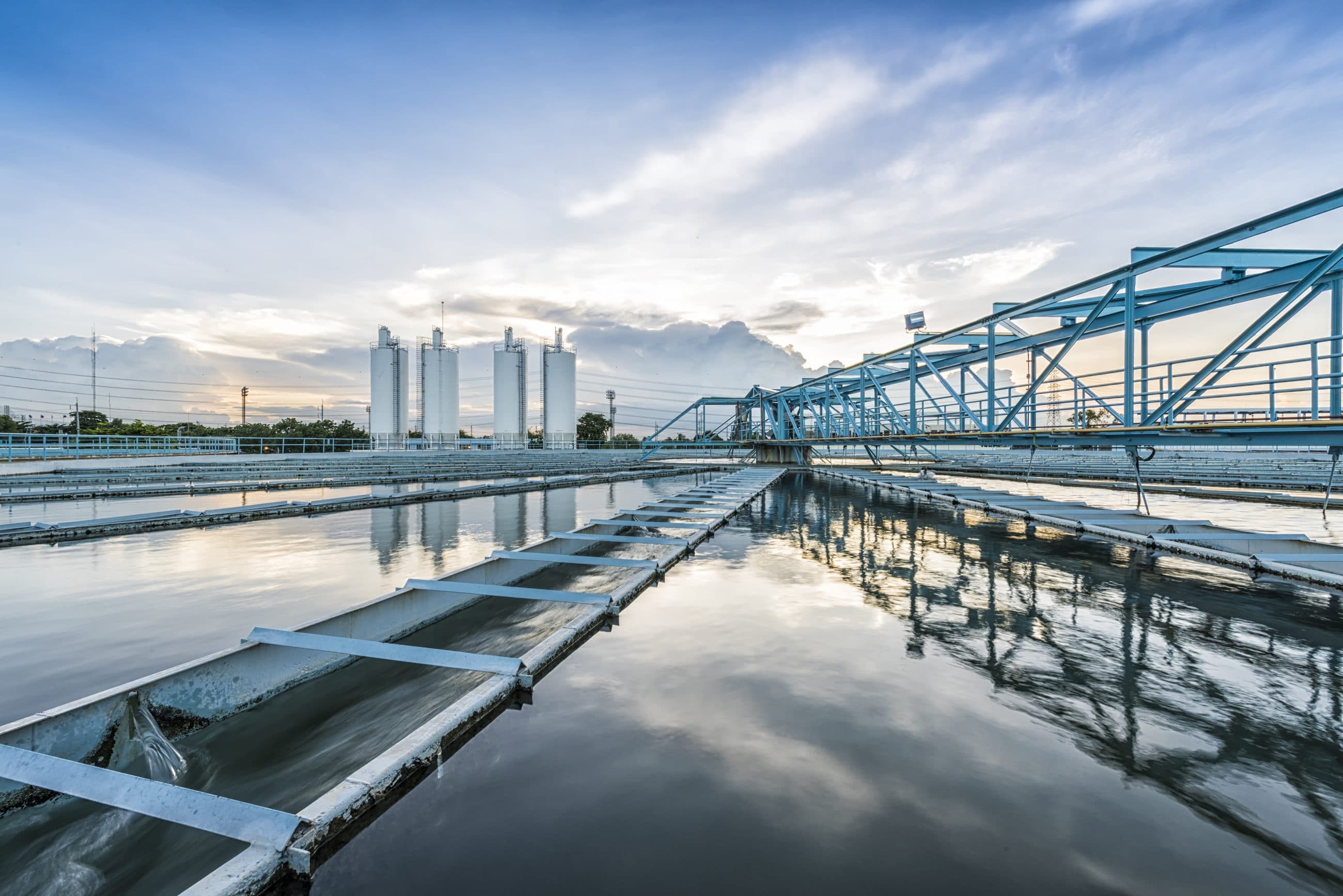Industrial Waste Water Treatment-- Improve Efficiency with Custom Water Treatment Equipments
Industrial Waste Water Treatment-- Improve Efficiency with Custom Water Treatment Equipments
Blog Article
Advancements and Breakthroughs in Hazardous Waste Water Therapy Technologies
The landscape of industrial wastewater therapy is going through a transformative change, driven by advancements that enhance both efficiency and sustainability. Arising technologies, such as membrane layer bioreactors and microbial gas cells, are redefining impurity removal procedures while adding to power generation. In addition, source recuperation approaches are gaining traction, aligning with circular economy concepts. As governing requirements develop, the assimilation of AI and artificial intelligence right into wastewater monitoring systems guarantees to streamline operations and ensure compliance. The full ramifications of these innovations increase vital inquiries concerning their scalability and lasting influence on industry techniques.
Introduction of Drainage Therapy Technologies
Wastewater treatment innovations encompass a series of techniques developed to remove contaminants from industrial effluents prior to their release right into the atmosphere. These innovations are crucial for maintaining environmental balance and guaranteeing compliance with environmental regulations. The key classifications of wastewater treatment include physical, chemical, and organic techniques, each serving distinct purposes based on the nature of the pollutants present.

Organic treatment approaches use bacteria to deteriorate raw material, making them particularly reliable for organic-rich effluents. Techniques like activated sludge and biofilm reactors harness the all-natural degradation capabilities of germs, resulting in significant reductions in biochemical oxygen demand (FIGURE)
Advanced Filtering Strategies
Advanced purification methods stand for a critical evolution in the realm of commercial wastewater treatment, improving the performance of impurity removal procedures. Industrial Waste Water Treatment. These techniques encompass a series of innovations, including microfiltration, ultrafiltration, nanofiltration, and reverse osmosis, which offer sequential obstacles for numerous particle dimensions and chemical frameworks
Microfiltration and ultrafiltration use membrane systems to remove suspended solids, bacteria, and larger natural molecules, enhancing the quality of effluent before further therapy. Nanofiltration bridges the gap between ultrafiltration and turn around osmosis, successfully removing organic compounds and divalent ions, therefore decreasing the lots on downstream procedures.
Reverse osmosis uses the highest possible level of purification by permitting just water and little molecules to pass with its semi-permeable membrane layers, making it suitable for redeeming premium water from commercial effluents. Current improvements in membrane layer modern technology, consisting of the development of even more resilient and fouling-resistant products, have dramatically enhanced functional performance and lowered expenses.
Incorporating these advanced filtering strategies not only enhances the total treatment process but additionally adds to sustainability efforts by making it possible for water reuse and source recovery in industrial settings. (Industrial Waste Water Treatment)
Organic Treatment Advancements

Additionally, the growth of crafted organic systems, such as membrane bioreactors (MBRs), combines biological treatment with innovative membrane layer purification. This combination enables greater effluent top quality and minimized impact, making it ideal for space-constrained commercial facilities. Developments in genetically engineered bacteria have additionally arised, boosting the biodegradation of specific contaminants, such as drugs and hefty steels, that are generally testing to eliminate.
Furthermore, the execution of bioaugmentation methods, where advantageous microorganisms are presented to boost the existing organic therapy processes, has revealed encouraging results in boosting treatment performance. These technologies jointly signify a trend towards even more effective and sustainable biological treatment methodologies that can adapt to the progressing complexities of commercial wastewater streams. As sectors continue to focus on ecological compliance, these organic technologies will certainly play a crucial duty view website in wastewater management.

Source Recovery Methods
In industrial setups, the assimilation of source recuperation techniques has actually become increasingly vital for improving sustainability and minimizing waste. These methods focus on drawing out valuable materials and power from wastewater streams, therefore changing possible contaminants right into multiple-use resources.
One popular technique is nutrition recuperation, where nitrogen and phosphorus, commonly present in excess in wastewater, are captured and transformed into fertilizers. This not only reduces ecological influences however additionally offers a round economic climate remedy for farming applications. Additionally, innovations such as anaerobic digestion allow for the conversion of natural waste right into biogas, a renewable resource resource that can balance out fossil gas usage in industrial operations.
Additionally, advanced filtration and membrane layer modern technologies facilitate the healing of industrial spin-offs such as salts and metals. These recovered materials can be reintegrated right into manufacturing processes, lowering the demand for virgin sources.
Future Trends in Waste Water Management
As markets progressively prioritize sustainability, the future of wastewater administration is established to go through significant improvements. Technical advancements, such as expert system and machine discovering, will make it possible for a lot more efficient surveillance and administration of wastewater systems. These innovations can predict maintenance needs, optimize treatment processes, and enhance decision-making, ultimately decreasing operational prices and ecological influence.
Moreover, the combination of circular economic situation principles will play an essential role in wastewater monitoring. Industries are anticipated to shift towards systems that not only deal with wastewater but likewise recuperate useful sources, such as nutrients, water, and power. This transition will certainly lessen waste and promote the reuse of materials, straightening with global sustainability objectives.
Emerging therapy strategies, such as membrane layer bioreactors and progressed oxidation procedures, will even more improve the efficiency of wastewater treatment, enabling better effluents ideal for reuse. In addition, regulative structures are likely to progress, emphasizing stricter requirements for wastewater discharge and motivating industries to take on ingenious therapy solutions.
Final Thought
In conclusion, the advancement of commercial wastewater therapy modern technologies demonstrates a significant change towards improved efficiency and sustainability (Industrial Waste Water Treatment). Developments in sophisticated filtering techniques, biological therapies, and resource recuperation approaches highlight the industry's commitment to environmental why not check here stewardship.
The landscape of industrial wastewater treatment is undergoing a transformative change, driven by innovations that improve both efficiency and sustainability.Wastewater treatment modern technologies incorporate a variety of techniques created to eliminate impurities from industrial effluents before their launch into the atmosphere.Using the power of organic procedures has led to substantial developments in the therapy of commercial browse around here wastewater.Additionally, the application of bioaugmentation approaches, where beneficial microbes are presented to enhance the existing biological treatment procedures, has shown promising results in boosting therapy performance. These advancements collectively represent a fad in the direction of even more efficient and sustainable organic therapy approaches that can adapt to the advancing complexities of industrial wastewater streams.
Report this page